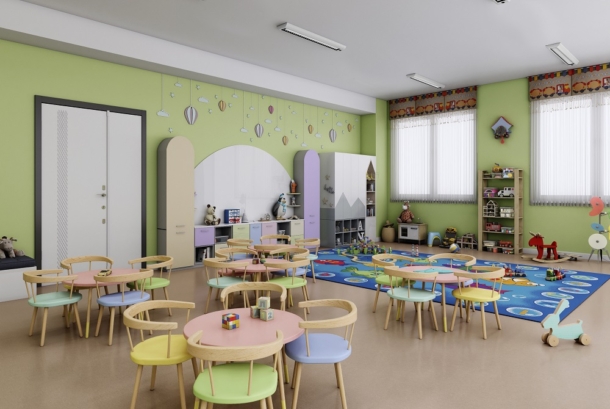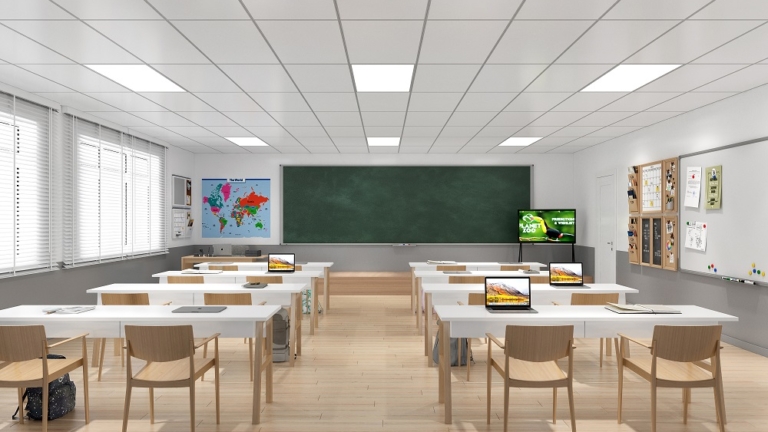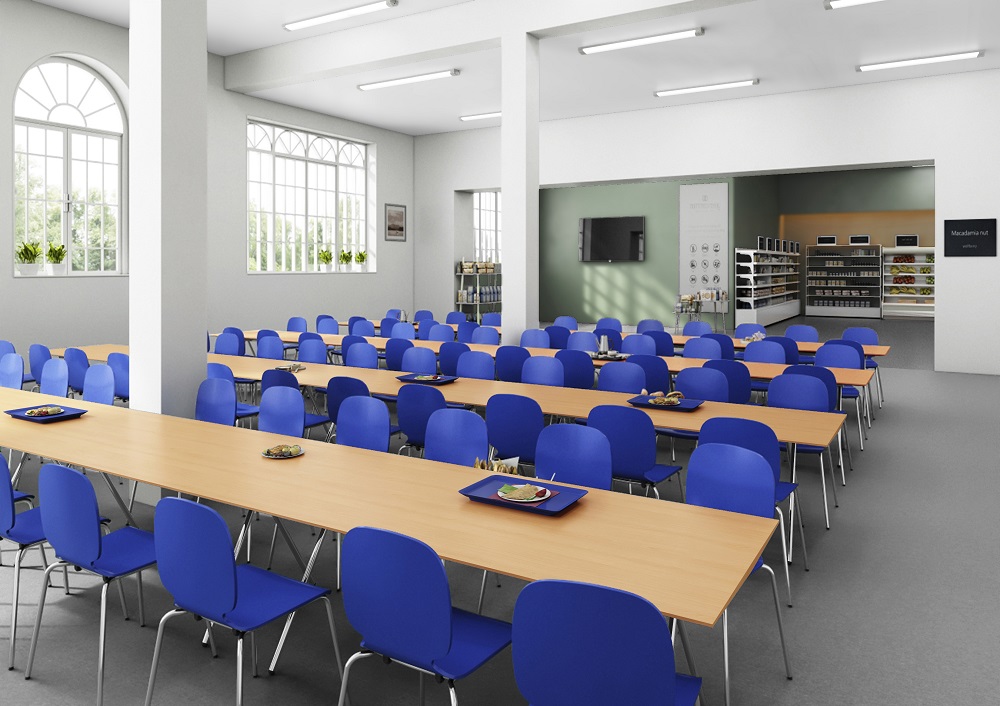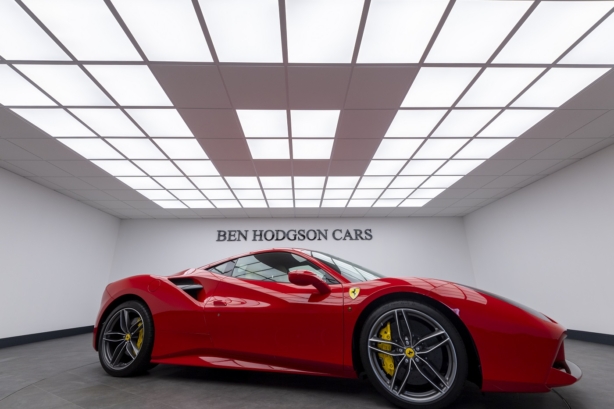
Products
We are a leading manufacturer of quality internal and external lighting products for commercial, industrial and retail applications.
View all productsProduct Types
Applications
At Ansell Lighting we design and manufacture an extensive range of luminaires for a diverse number of applications. Whatever the shape, purpose or style of your space, we have a lighting solution.
View all applicationsApplication Types
About
We are a leading manufacturer of quality internal and external lighting products for commercial, industrial and retail applications.
About overviewMore about us
Contact
We are here to answer any questions you may have, help you find a stockist or speak to a local member of our team.
Find out more
OCTO
OCTO delivers the complete smart lighting package to transform the efficiency and ambience of commercial and residential spaces.
OCTO overviewMore OCTO
Downloads
View and download our product catalogues, brochures and application guides. You can also search and download product datasheets, photometric and instructions.
Downloads available
Lighting for Education – the Classroom

The importance of designing optimum lighting solutions within the education sector should never be understated, especially as this is the most prominent place of learning for children as they progress through to adulthood.
Previously, many educational buildings took full benefit from natural daylight in having classrooms constructed with a single full wall of glazing along one of the long sides, which allowed significant amounts of daylight to enter the space. For electric lighting, classrooms were generally illuminated with fluorescent fittings which tended to be either affixed to, or suspended from, the ceiling in a grid layout pattern. Classrooms generally had a layout where desks were in a rigid format for lessons with all students facing towards the front of the classroom where there was a chalkboard for educational purposes.

Thankfully we have moved on from those days and a classroom is no longer a room of only desk-based activity with student looking forward, rather it is an educational interactive space encompassing a combination of direct instruction from staff as well as being a location where pupils can operate to complete tasks either individually or in groups. With this evolution, the classroom layout need no longer be arranged with a rigid desk layout, but rather a space with the flexibility of layout to meet the requirements of learning objectives, where students are generally placed within groups utilising a communal table or where desks are grouped together in small gatherings. This allows for the configuration of the space to be adjusted to meet the specific needs of the pupils and of subject being taught.
It is generally accepted that pupils require the correct learning environment, and studies have shown that good lighting aids the subconscious processes to energise learning. Modern teaching spaces are often used for a variety of different activities and teaching methods and the provision of a qualitative lighting solution and the use of lighting controls, the appropriate lighting level for the specific tasks can easily be achieved, which can also offer significant energy savings through the use of a lighting control system.
Natural light is an important factor for all educational establishments as it is not considered to be beneficial for pupils to spend significant amounts of time in spaces which either receive little daylight or are totally devoid of natural daylight, however it is generally not always possible to provide an optimum solution for classrooms, but an orientation providing a south to south-east aspect for a classroom with a significant amount of glazed area offers an ideal solution. This scenario is based upon the school day which tends to occupy more time before the sun passes its zenith than after, however, if there is excessive glazing, this can both occupy useful wall display space and be responsible for the discomforting effects of glare, heat loss and solar gain.
Light is deemed to have three functions for human beings. Firstly, light is for the visual effect, where it provides unimpaired visual function for comfort to ensure that people and objects can be seen clearly, which is also provided with good contrast and is glare-free. Secondly, light influences the perception and biological functions by supporting the circadian rhythm (body clock) and has an energising or relaxing impact important for health and well-being providing a benefit for positive learning. Thirdly, light affects the emotional state and since light and shade, colour and contrast enhancing architecture and space by shaping and improving the aesthetic effect. It can assist in determining mood and behaviour providing pupils with a positive learning experience.
Electric lighting provides the critical element for the whole educational environment in providing the illumination of the facilities into which students and pupils can thrive and feel motivated with good quality lighting making a significant difference to the whole aspect of the learning experience.
For classrooms, there is not a one solution fits all type scenario as the variety of educational building range from the pre-school nursery all the way to further education, and it is important to consider each type of environment differently as the requirements for learning change as pupils progress, which means that the lighting needs to change as well.
The thought process starts considering the specific application and in determining what the requirements are for the space and how the electric lighting will enhance pupil performance within the classroom space. When designing the lighting solution, it is important that the optimum form of lighting and appropriate luminaire arrangement is considered to provide a lighting solution which works well with any arrangement of table or desk layout and as students are working in multiple orientations within the space, the requirements of a uniform level of illumination without significant differences in vertical luminance values is of great importance.

The considered conclusion may be to provide electric illumination which will enable the students and pupils to carry out the tasks required of them both efficiently and effectively within an aesthetic pleasing environment, but this may be based upon a number of different aspects, by providing a lighting solution which meets the specification and also includes a suitable lighting control system which can offer an optimum lighting solution for the many different uses of the space being illuminated. To review and take account of the legislative standards relating to educational buildings whilst also reviewing other information of guidance including the consideration detail of daylight, internal reflectances within the different spaces, the variance of working plane heights, the different levels of illuminance, to minimise discomfort and disability glare as well the specifying the type, the number, the orientation and geographical location of the proposed luminaires.
Where there is a suspended ceiling installed, many schools prefer a clean ceiling and to this end prefer an installation of recessed luminaires, however in doing so, a consideration is the position of the fittings within the ceiling as moving the outer rows closer to the wall will assist in increasing vertical illumination on the walls, preventing a reduction in concentration resulting in possible fatigue to pupils.
Glare is the visual sensation caused by excessive and uncontrolled brightness within the field of vision that causes discomfort, as well as interference and fatigue. Glare is experienced when light from windows or electric lighting is more intense that the general illumination within the space and can be either direct or reflected, with disability glare impairing vision and discomfort glare giving perceived discomfort. It is the calculation of discomfort glare which is required for interior lighting. It is therefore important that any installation take due consideration of glare and the selection and positioning of equipment is designed to achieve a RUGL of less than or equal to 19.
Lighting within the classroom should be controllable rather than dimmable as this just increases or decreases the level of illumination, whereas, controllable allows for additional functionality, such as the variation of colour temperature or actual colour to produce a variety of lighting scenes beneficial to the learning process. It is important to provide, by electric lighting alone, a level of maintained illuminance which meets or exceeds that recommended for the application and the system of lighting control can provide the optimum solution by a combination of both daylight and electric light. The overall perceived brightness of the classroom is beneficial for the well-being and alertness of pupils and is a combination of reflectances and illuminances on the walls and ceiling.
Where the installation of emergency lighting within the classroom is required, it is important to select equipment which can be offered as a maintained emergency version as this will provide a solution with the aesthetic appearance of only the mains luminaires, but still offer the emergency lighting required.
It is worthy of some thought process that the lighting solution be designed with consideration of the energy efficiency of the installation by way of utilising the value of lighting control to achieve an optimum installation, however in doing so, this should not impact on or compromise in the visual aspects or of the illuminance values of the design. The benefits gained can reduce the cost of operation over the school year, including any maintenance and provide a positive impact on the sustainability for the school and of the environment.
Creating that optimum lighting solution for the classroom is most important as in doing so , the designer will provide the pupils a greater opportunity to develop and thrive in a place which promotes learning, rather than just providing space illumination.
You Might Also Be Interested In...


3 Different Types of Panel Lighting - Which is Right For You
Subscribe to our newsletter
Get monthly news, tips, and new product updates delivered straight to your inbox.
Email addresses are never sold or given out to anybody. By subscribing, you agree to our Privacy Policy and Terms.